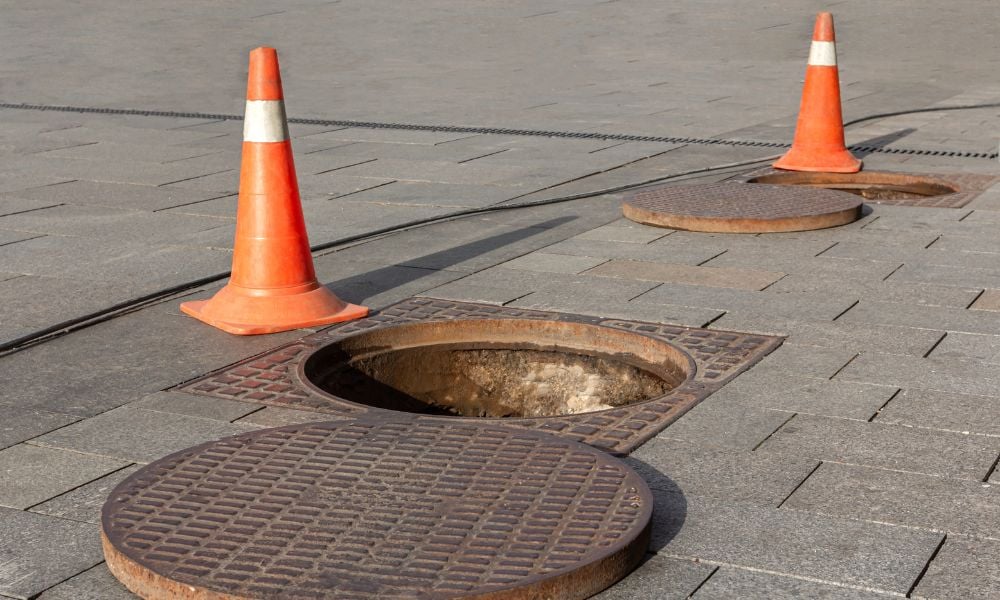Majority finds Resolute FP and Weyerhaeuser Canada must pay for ongoing monitoring, maintenance of waste disposal site near Grassy Narrows

Two companies that were successors of companies that abandoned a waste disposal site in northern Ontario do not have indemnification for remediation, the Supreme Court of Canada ruled today in a decision concerning the Grassy Narrows litigation for environmental contamination.
In a 4/3 decision in R. v. Resolute FP Canada Inc., the majority of the court found that a 1985 indemnification agreement between the Government of Ontario and the predecessors to the appellant companies Resolute FP Canada Inc. and Weyerhaeuser Company Limited did not cover a director’s order for remediation that was issued by the Ministry of the Environment in 2011.
Further, the court found, paragraph 1 of that 1985 indemnity agreement applied only to third parties, and not to first parties to the agreement, namely the Government of Ontario, Great Lakes, Reed, and their successors and assigns.
The appellants, Resolute and Weyerhaeuser, had argued they were indemnified under the terms of the 1985 agreement and should not be responsible, pursuant to the director’s order, for the monitoring and maintenance of the waste disposal site that was constructed to deal with the mercury contamination of two rivers. The contamination resulted from a pulp and paper mill in Dryden, Ont., near two First Nations reserves, which was operated by several companies beginning in the 1960s.
The indemnity agreement — signed by the Government of Ontario, Great Lakes Forest Products Limited, Reed Ltd., and Reed International, both former owners of the pulp and paper mill — concerned pollution resulting from the pulp and paper mill, the majority found, and not the monitoring and maintenance of the waste disposal site.
The majority of the court applied a contextual analysis to the agreement, says Rosalind Cooper, an environmental lawyer at Fasken Martineau DuMoulin LLP in Toronto.
“They said, ‘you can’t just look at the words of the indemnity, but what did it arise from it, what was the litigation about that the indemnity arose from … ?’”
In 1977 the Grassy Narrows and Islington First Nations bands sued the pulp-and-paper companies for damages resulting from mercury waste contamination of the English and Wabigoon rivers. The litigation was settled in 1985, and the companies paid $11.75 million to the affected First Nations bands and released Ontario in respect of two previous indemnities, in 1979 and 1982.
Ontario then promised to indemnify the companies against claims and proceedings arising from “any damage, loss, event or circumstances, caused or alleged to be caused by or with respect to … the discharge or escape or presence of any pollutant by Reed or its predecessors …”
In 2011, Ontario’s Ministry of the Environment issued a director’s order requiring prior owners to perform remedial work on the waste disposal site. On appeal of the motion judge’s decision, the Court of Appeal granted Ontario summary judgment against one company, Weyerhaeuser, and for Resolute it substituted a declaration that a predecessor company – Bowater, a successor to Great Lakes – had assigned the full benefit of the 1985 Indemnity to it.
In paragraph 1 of the 1985 Indemnity, the Ontario government agreed to indemnify “from and against any obligation, liability, damage, loss, costs or expenses incurred by any of them,” meaning the pulp and paper companies, their successors and assigns, because of “any damage, loss, event or circumstances, caused or alleged to be caused by or with respect to, either in whole or in part, the discharge or escape or presence of any pollutant by Reed or its predecessors, including mercury or any other substance, from or in the plant or plants or lands or premises [emphasis added].”
The majority of the Supreme Court in the appeal — Justices Rosalie Abella, Michael Moldaver, Andromache Karakatsanis and Sheilah Martin — agreed with dissenting Ontario Court of Appeal Justice John Laskin that the 1985 indemnity was intended to cover only pollution claims brought by third parties, and that first party claims, i.e., claims by the parties to the 1985 indemnity agreement and their successors and assigns, and the director’s order did not fall within the scope of the 1985 Indemnity.
“The Director’s order relates to this waste disposal site,” says Cooper, “and there’s nothing coming from it right now, it’s not a source of pollution. The Director’s order orders monitoring. What the 1985 indemnity really envisioned was a pollution claim.”
In analysing the indemnity agreement, the majority notes a clause “that says if there’s a claim, the government has the right to take carriage of the defence,” says Cooper, meaning that Ontario would have defended Great Lakes, Reed and its successors. But a first-party claim — i.e., from one of the pulp-and-paper companies — would mean Ontario would be defending against itself if it took carriage of the defence. The majority therefore reasoned that the defence anticipated by the 1985 indemnity agreement would have been against third-party claims and not first-party claims, she says.
In reasons dissenting in part, Justices Suzanne Côté and Russell Brown, with Justice Malcolm Rowe concurring, found that Resolute should have benefited from the indemnity as the corporate successor to Great Lakes and Bowater. However, the dissenting justices agreed, there was no assignment by Bowater of indemnity to Weyerhaeuser. (In 1998 Weyerhaeuser had entered into an agreement with Bowater to purchase certain assets used in the Dryden pulp and paper business, but had immediately leased the waste disposal site back to Bowater.)
“The dissent covers a lot more territory generally,” says Andrew Bernstein of Torys LLP in Toronto, who was lead counsel for the appellant Resolute. “The majority said, since they found that [the 1985 Indemnity agreement] didn't cover the director's order, they didn’t need to decide which parties were entitled to benefit” from the indemnity.
However, the dissenting judges “that weighed in on the subject … found clearly that Resolute was the party that had the benefit of the indemnity,” says Bernstein, and, as well, that the director’s order would have been covered by the indemnity.
Resolute will now return to the process of appealing the director’s order to the Environmental Review Tribunal in Ontario, said Bernstein, and in the meantime it will continue its monitoring of the waste disposal site while the appeal proceeds.
In an emailed statement, a spokesman for the Ministry of the Attorney General of Ontario noted that Ontario was awarded its costs throughout the proceedings.










